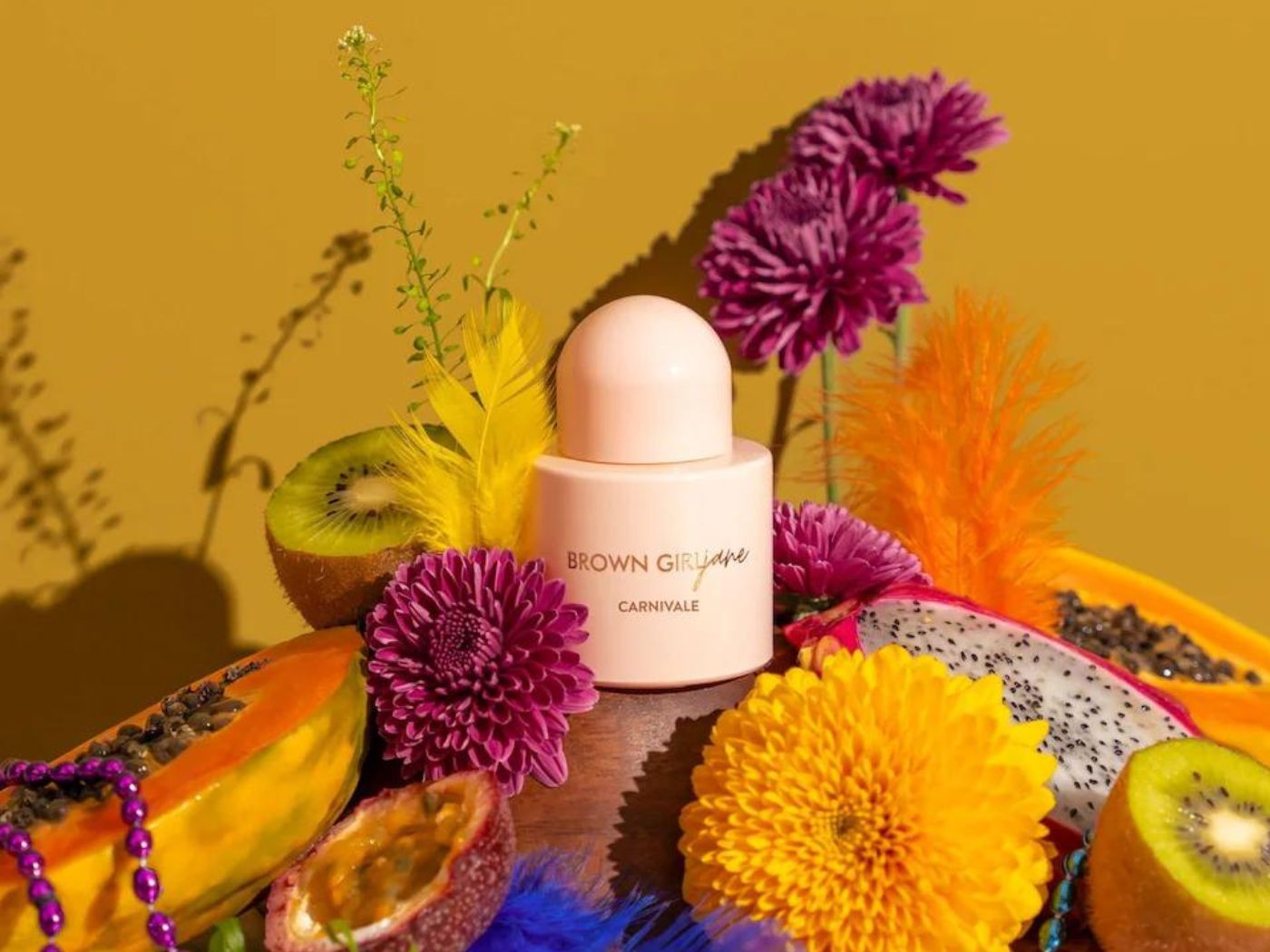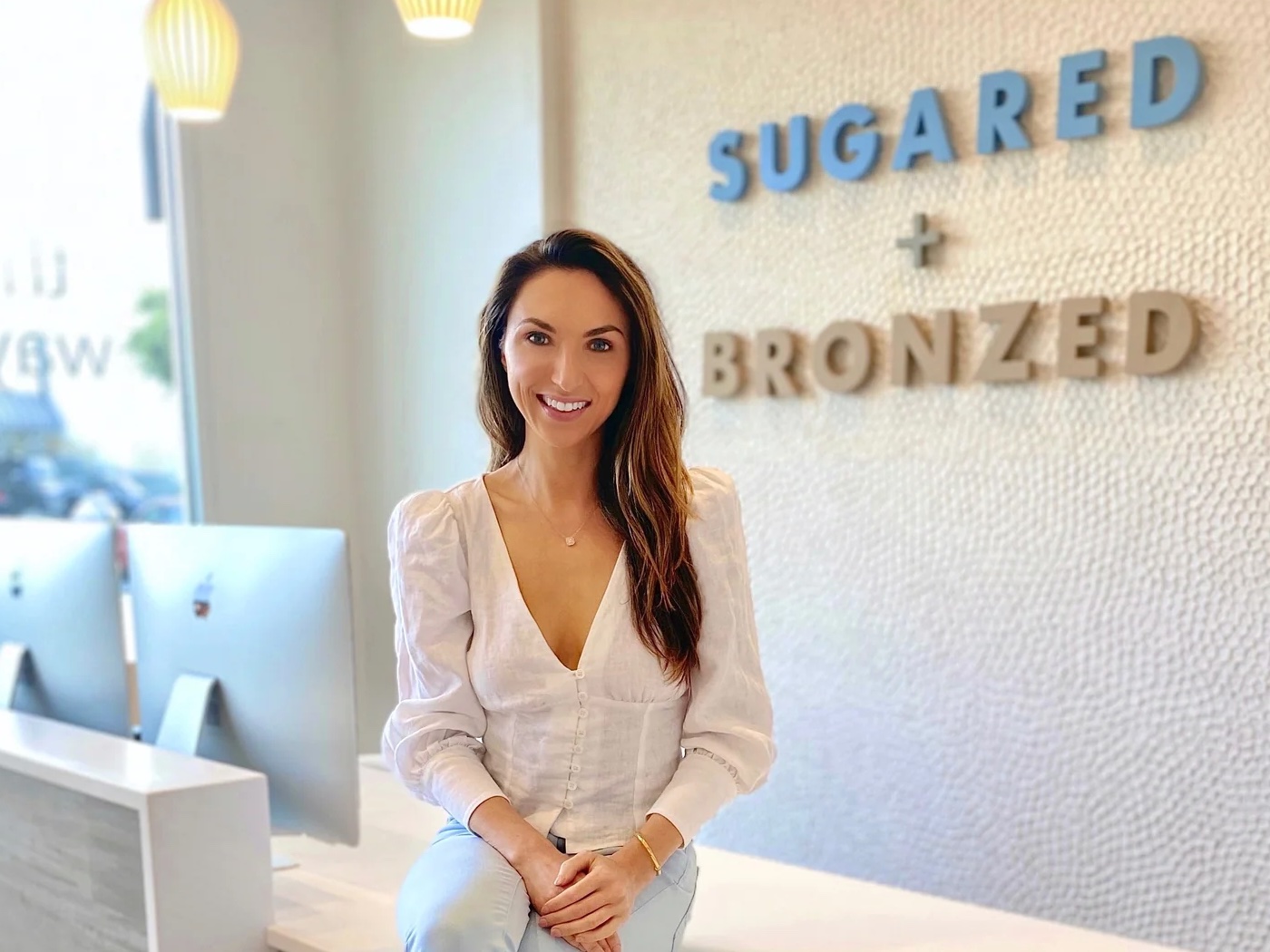Primers are one of the fastest growing makeup categories, according to Karen Grant, Vice President and Global Beauty Industry Analyst for the NPD Group. Since 2009, sales have nearly doubled, going from $67 million to $110 million year-to-date, with individual subcategories, such as eye and face primers, growing steadily.
“Primers are an important component [to the industry] because they are so vibrant right now. Everyone is trying to get the perfect face,” Karen said.
Foundation primer kicked off the craze, and now brands such as Smashbox, Stila, Nars, Dior, Almay and Revlon sell a wide variety of them designed to help with everything from concealing oversized pores to skin brightening. The category expanded when companies began to target lips, eyes and lashes with primers that are touted as makeup prep must-haves designed to improve the overall look and wear of makeup itself.
In fact, for fall 2013, Clinique introduced a line of Superprimer Face Primers, a collection consisting of five various color correcting shades each designed to smooth skin while also combating either redness, sallowness, discoloration, dullness in fair skin or dullness in darker skin tones. In addition to the Superprimer Face Primers, Clinique also released All About Shadow Primer for Eyes, which was a strategic move, as eye primers have doubled in sales, reaching $21 million year-to-date.
“Women are becoming increasingly sophisticated about how primers can help them. It’s intuitive that the face, lips and eyes are all distinctly different areas that require special formulas and textures to work. Most women’s first experience with a primer was probably to prep their face for foundation. But it’s a natural next step to try a lip primer,” said Laura Geller, founder of Laura Geller Beauty, a company that has had much success with their line of Spackle Under Make-Up Primers.
Much like Clinique, Laura Geller plans to launch a line of “treatment” based primers in 2014, said to target problems like hydration and oil control, as this category appears to be a new consumer favorite.
“Primers are [not a fad]. They are here to stay,” added Laura.



